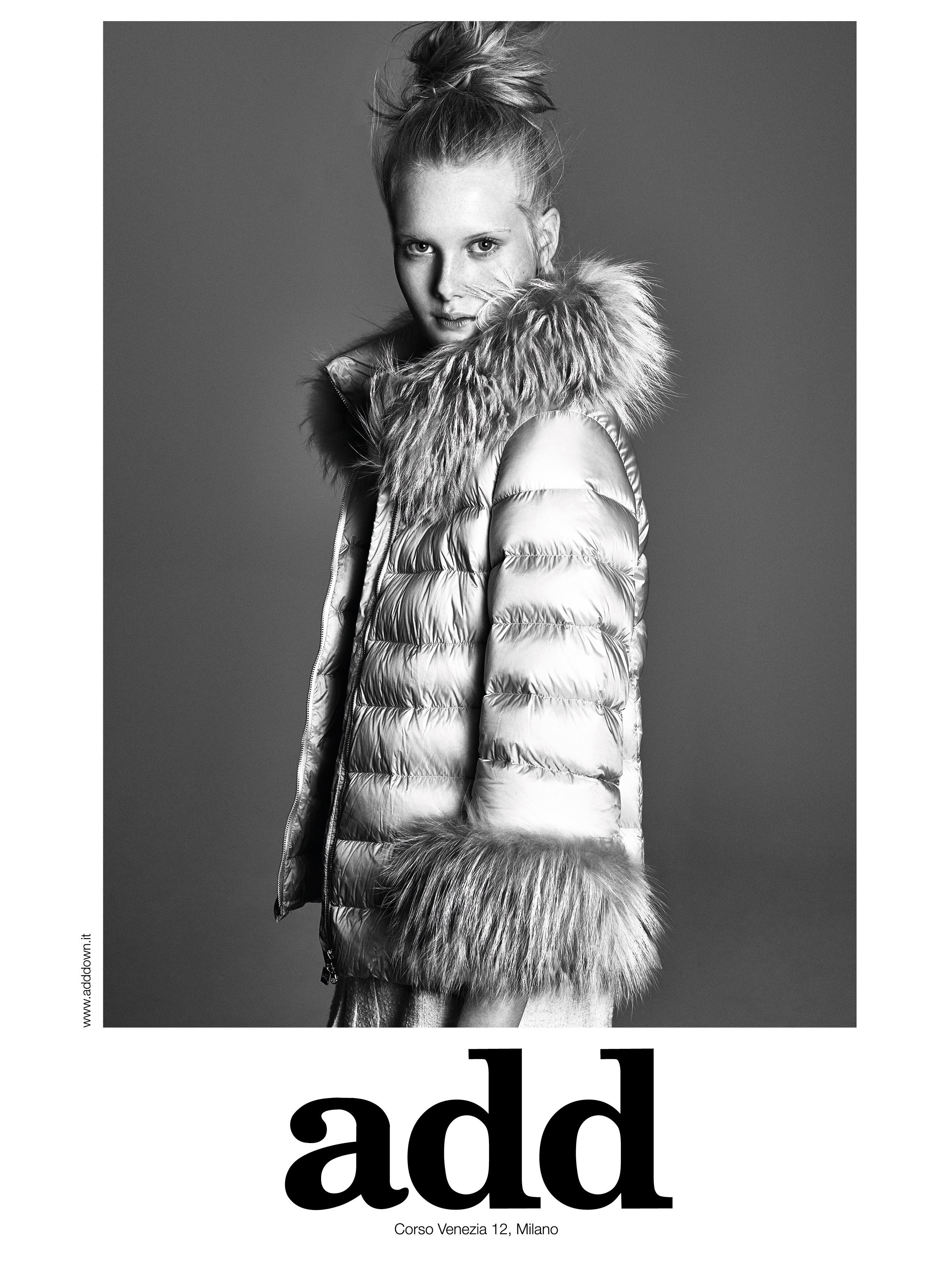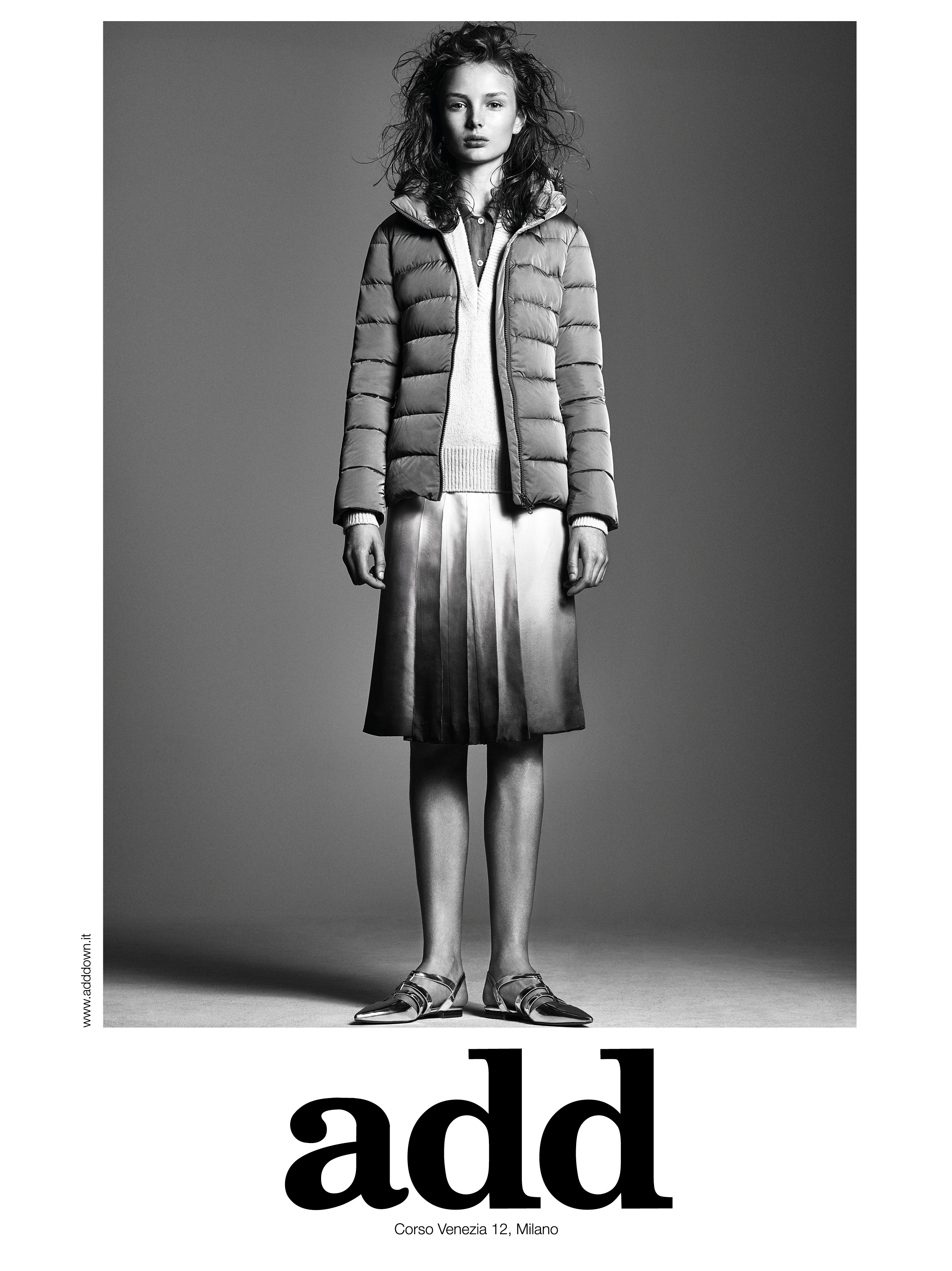Add’s 20th anniversary
As a Millennium company, you have completed your first twenty years. You have not only come of age, but you are also becoming adults. How are you surviving digital development, how has this had a bearing on the growth of your production and progress? Do you take advantage of this tool?
Mostly on the sales and communication side. As far as production is concerned, there have been no revolutionary changes. We keep in mind that ours is a mature customer, who buys an affordable product, not one that stands out. Our attitude is to consider equally the pros and cons of technology: we approach it in a critical manner, not because we want to go back to a time that no longer exists, but because our product is nourished by quality and content. It requires a detailed study that the speed of technology doesn’t always support.
Yet you produce one of the most technologically advanced products in existence in the fashion industry, by way of the fabrics, the study in lightness, the details, the accessories.
In the field of clothing, apart from the advantages that most favour the logistical aspect, from the point of view of the textile processes, a sewing machine is still used. For sure research exists, but it didn’t determine the revolution that had already taken place years before. Fortunately, the human element remains fundamental. It’s about applying technology to something that has remained manual, therefore technical competence and a knowledge of the materials come first. In fashion you can be technologically really strong, but if something’s ugly, that’s all there is to it.
You were among the first Italian brands to look for an open contact with the oriental market and production methods. How do you rate this experience and what has changed in relation to the start? How have the possibilities for contact between these two worlds evolved?
We’re mostly talking about China. Let’s say that having been there in its growth phase, I was witness to epochal changes that took place in only twenty years. Until now and still now, it has been considered a production area, the factory of the world, but I believe in the future the Chinese people will no longer just play the role of perpetrator of the technologically up-to date but will come to be considered its creators as well. I believe that in this century there will be a huge change. The fact that creative sensibilities coming from other parts of the world can be integrated into our Milanese taste, I would define as not only possible, but highly desirable.
Brands often have different identities for the different countries where they are distributed. Is Add affected by this influence or is it a brand that builds its own aesthetic and then proposes itself to different markets?
In intention at least, it’s the second one. Let’s say that the approach, the DNA of the product made in Milan is unique, then certain factors take over, from the climate of individual countries, to the diverse cultural traditions. At the moment, Russia is our most interesting foreign market, precisely because of its attention to the aesthetic that combines perfectly with the use of the product.
Taking an enormous step back, what is it that got Add going?
In the 80s and 90s we produced down coats for most of the big fashion brands, then in 1999 I accepted to take part in this really interesting project. That’s how I found myself on a direct flight to Shanghai on Christmas Day to present our first samples. We had a really minimal collection, put together in six days: around twenty garments, all strictly black because in such a short space of time we had only been able to find black fabric. The response was huge. From a B2B company, that supplied others, we found ourselves dealing first hand with aspects that were totally new to us: our market presence, the creation of the collections, communication. It was a great experience. Lots of fun.
By Roberta Bindi

